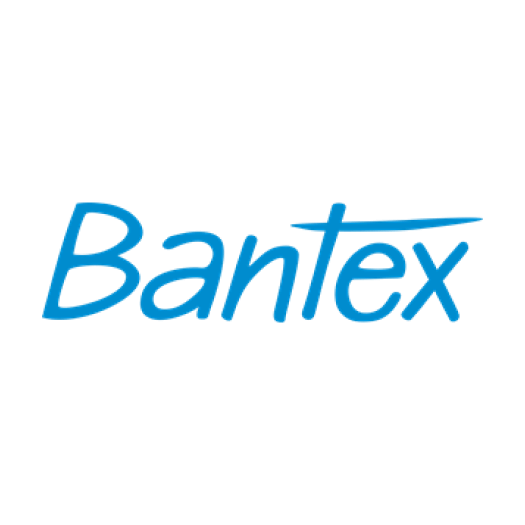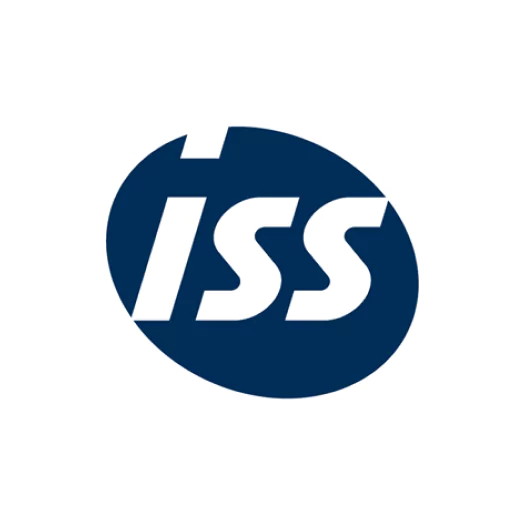Did you know that replacing an employee can cost a company up to 33% of their annual salary? High turnover isn’t just costly; it disrupts productivity, lowers morale, and can harm a company’s reputation. In Malaysia’s competitive job market, employee retention is now a critical focus. Recent reports show it has surpassed hiring as the main concern for HR professionals, highlighting the need to retain talent amid rising turnover rates.
HashMicro HRIS offers solutions to streamline retention strategies, helping companies identify disengagement early and implement effective retention methods. By leveraging such tools, businesses can maintain a stable and motivated workforce.
In this article, we’ll explore the importance of employee retention and its impact on business success. Discover why employees leave, how to retain them, and ways to spot early signs of disengagement.
Key Takeaways
|
Table of Content
Content Lists

What is Employee Retention?
Employee retention refers to a company’s ability to keep its employees over time, avoiding high turnover and ensuring a stable workforce. The employee retention meaning often centers on the strategies and efforts that organizations put in place to encourage employees to stay long-term. Tracking the employee retention rate helps companies measure their success in retaining employees. This rate is typically calculated as the percentage of employees who remain with the company over a specific period. A high retention rate suggests a positive work environment, while a lower rate can indicate potential issues within the organization.
Implementing targeted employee retention strategies is a powerful way for companies to foster employee loyalty and satisfaction among team members, ultimately building a stronger, more resilient organization.
Benefits of Employee Retention
Investing in employee retention offers numerous advantages that go beyond just maintaining a stable workforce. Here are some key benefits:
- Reduced Hiring and Training Costs
Recruiting new employees involves time, effort, and money. Advertising job positions, interviewing, onboarding, and training can all be costly. A strong retention strategy minimizes these expenses, allowing the company to focus resources on growth rather than constant recruitment. - Higher Productivity and Efficiency
Long-term employees understand the company’s processes, goals, and culture, enabling them to work more efficiently than new hires. With experienced team members, companies can operate at a higher level, as less time is needed for training and adjustment. - Enhanced Employee Morale and Team Dynamics
When a company has low turnover, employees feel more secure in their roles. This stability fosters stronger teamwork, builds trust among employees, and leads to better collaboration. High retention also boosts morale, as employees appreciate being part of a committed and supportive team. - Improved Customer Satisfaction
Long-term employees often develop deeper knowledge about the company’s products, services, and clients. This expertise enables them to provide better customer service, creating a positive experience that enhances customer loyalty. - A Stronger Brand Reputation
Companies known for retaining their employees attract top talent, as job seekers are drawn to workplaces that offer stability and growth. Additionally, a high employee retention rate reflects positively on the company’s values and workplace culture.
By prioritizing employee retention strategies and leveraging tools like payroll software Malaysia, companies foster a stable workforce and create a positive cycle of growth, productivity, and enhanced company reputation.
Reasons Employees Leave
To develop effective employee retention strategies, it’s essential to understand the common reasons employees leave a company. Here are some key factors that often contribute to employee turnover:
- Lack of Career Development Opportunities
Employees need to feel that they have a future within the organization. When there’s no clear path for career advancement, they may look elsewhere for growth. Offering structured development plans can significantly improve retention. - Inadequate Compensation and Benefits
Competitive salaries and benefits are foundational to employee satisfaction. If employees feel their compensation isn’t fair or doesn’t align with market standards, they’re more likely to consider other opportunities that offer better financial rewards. - Poor Work-Life Balance
Excessive work demands without flexibility can quickly lead to burnout. Companies that do not prioritize a healthy work-life balance may find their employees disengaged and, ultimately, more likely to leave. - Lack of Recognition and Appreciation
Recognizing and rewarding employees’ hard work plays a vital role in keeping them engaged. Without regular recognition, employees may feel undervalued and lose motivation to stay committed to the organization. - Toxic or Unsupportive Work Environment
The workplace culture significantly impacts employee experience. A toxic work environment, marked by poor management, lack of support, or strained team dynamics, often leads to high turnover.
By addressing these issues, companies can create a more supportive and fulfilling work environment, which naturally leads to improved employee retention rates. Using feedback systems and analytics, businesses can identify specific areas of dissatisfaction and proactively make adjustments to retain their best talent.
Methods to Improve Employee Retention

To foster a loyal, committed workforce, companies need effective employee retention strategies. Implementing these methods can help reduce turnover and build a stable team that grows with the business. Here are proven approaches:
-
Offer Clear Career Paths and Development Opportunities
Employees value opportunities to advance and grow. Providing regular training, mentorship programs, and defined career paths can increase engagement and satisfaction. Investing in development programs is a long-term strategy that not only enhances retention but also strengthens the company’s skill base.
-
Implement Competitive Compensation and Benefits
Fair compensation is essential, but it goes beyond just salary. Offering a comprehensive benefits package that includes health insurance, retirement plans, and wellness programs can enhance employees’ sense of security and loyalty. Regularly reviewing market standards helps keep your compensation package competitive.
-
Recognize and Reward Achievements
Regular acknowledgment of employees’ hard work and achievements is a simple yet effective way to keep them motivated. Recognition programs, whether through bonuses, awards, or simple expressions of appreciation, show employees that their contributions are valued.
-
Provide a Positive Work Environment
A supportive, inclusive work environment where employees feel safe and respected is crucial. This can be cultivated through team-building activities, fostering open communication, and creating policies that promote a healthy work-life balance.
-
Utilize HRIS System to Enhance Engagement and Retention
Modern Human Resource Information System (HRIS) software, like HashMicro’s, offers a streamlined way to track employee satisfaction and engagement. With features for performance management, automated recognition systems, and data-driven insights, HRIS systems help HR teams identify at-risk employees early and implement retention strategies effectively.
By integrating HashMicro’s HRIS system, companies can automate routine HR tasks, such as performance reviews and employee attendance management tracking, allowing HR teams to focus on initiatives that directly impact employee retention. The software’s robust analytics tools also enable businesses to monitor retention trends, helping them stay proactive in their retention efforts.
Recognizing When Employees are Considering Leaving
Identifying early signs that employees might be considering leaving is crucial for maintaining a high employee retention rate. Here are some common indicators that can help businesses detect potential turnover:
-
Decreased Engagement and Motivation
If an employee who was once active and engaged starts to withdraw from team activities, meetings, or discussions, it could signal declining commitment. A visible drop in enthusiasm may indicate that they’re no longer finding satisfaction in their role.
-
Drop in Productivity and Work Quality
Sudden or gradual declines in an employee’s performance may suggest that they’re disengaged or considering other opportunities. Missed deadlines, reduced attention to detail, or incomplete tasks are signs to watch for.
-
Reduced Interest in Career Development
Employees ready to leave often lose interest in training or career development. If someone starts passing up professional development opportunities or avoids discussions about long-term goals, they may no longer see a future with the company.
-
Frequent Absences or Increased Use of Leave
A noticeable rise in absenteeism, especially unplanned leave, can sometimes be a warning sign. Employees who feel unfulfilled may start taking more personal time or sick days as they mentally distance themselves from the organization.
-
Actively Seeking Feedback or Requesting References
Employees who are thinking about leaving might start seeking feedback in unusual ways, such as asking for references or expressing a desire to “know where they stand.” This behavior can indicate that they’re preparing for job applications elsewhere.
How to Maintain a High Employee Retention Rate

To maintain a high employee retention rate, companies need to create a work environment that supports and values their team members. Here are actionable steps that businesses can take to retain their employees long-term:
- Encourage Open Communication
Creating a culture where employees feel comfortable sharing their feedback, concerns, and ideas is vital. Regular check-ins and surveys give employees a platform to voice their thoughts, and management can use this feedback to improve workplace practices. - Invest in Employee Well-Being
Companies that prioritize employee well-being see higher retention rates. Offering wellness programs, mental health support, and flexible work options can reduce burnout and increase job satisfaction. When employees feel that their well-being matters to the organization, they are more likely to stay engaged. - Provide Meaningful Work and Autonomy
Employees are more likely to stay when they find purpose in their roles and have autonomy in decision-making. Assigning meaningful tasks, encouraging creativity, and trusting employees to take ownership can make their roles feel more rewarding. - Develop a Recognition Culture
Regular recognition, whether through informal praise or formal reward systems, reinforces positive behavior and keeps employees motivated. Celebrating milestones, achievements, and efforts shows appreciation, making employees feel valued. - Offer Growth and Career Development
Structured growth plans, training programs, and clear career paths help employees envision a long-term future within the company. When employees know that they have growth opportunities, they are more likely to stay committed and motivated.
By implementing these strategies and leveraging tools like HR software Malaysia, companies can create a supportive environment that fosters employee loyalty and reduces turnover.
Enhance Your Employee Retention with HashMicro
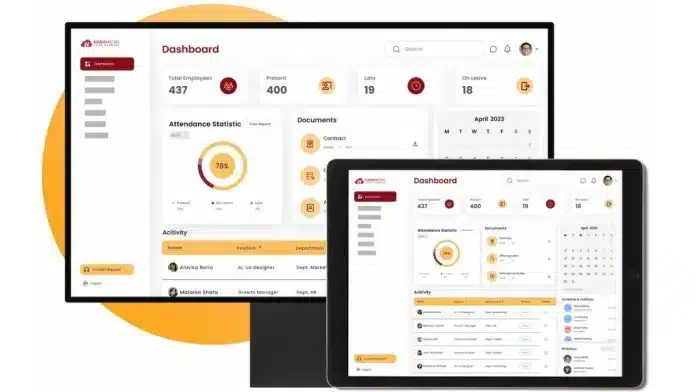
HashMicro’s HR management system in Malaysia is a robust solution tailored to tackle the vital issue of employee retention. By automating and streamlining essential HR tasks, it alleviates administrative pressures, enabling HR teams to concentrate on creating a supportive and engaging workplace environment.
The comprehensive HRM software from HashMicro is crafted to assist businesses in effectively implementing and refining employee retention strategies. With advanced capabilities for payroll management, employee performance monitoring, and recruitment process optimization, it empowers HR teams to boost engagement and foster long-term workplace satisfaction.
To explore how HashMicro’s HRM software can enhance your employee retention efforts, consider trying a free demo. This hands-on experience will provide you with detailed insights into its capabilities and how it can optimize your HR operations to retain top talent.
Key features of HashMicro’s HRM software include:
- Employee Development & Training Plan with eLearning Management: Offer structured training and career development opportunities. Integrated eLearning promotes continuous learning and strengthens employee engagement.
- Talent Management with KPI Tracking: Track employee performance through KPIs, ensuring alignment with company goals. This helps in recognizing top performers and areas for improvement, boosting morale and retention.
- 360-Degree Appraisal: Facilitate comprehensive feedback from managers, peers, subordinates, and external reviewers. This balanced approach fosters trust, transparency, and motivation for employees to stay.
- Competency Gap Analysis: Identify skill gaps and align employees with appropriate roles or training, ensuring they feel valued and see opportunities for growth within the company.
- Personalized Career Planning: Enable employees to map out career paths in line with their skills and interests, enhancing satisfaction and loyalty.
- Performance Analysis with Nine-Box Matrix: Thoroughly assess employee potential and performance to plan for succession and development, retaining high-potential talent.
- Internal Learning Management System: Provide centralized and accessible training resources to all employees, supporting skill development and long-term retention.
- Succession Planning: Develop future leaders to prepare for internal mobility and leadership transitions, demonstrating a commitment to employee growth and fostering long-term loyalty.
In addition to these features, HashMicro’s HRIS system integrates smoothly with third-party systems, manages attendance data efficiently, and ensures a cohesive data flow across platforms. It is highly customizable, allowing businesses to adapt functionalities to specific HR needs, from recruitment to retention-focused initiatives.
Conclusion
Investing in employee retention isn’t just about keeping employees; it’s about building a resilient, motivated, and engaged workforce that drives business success. High retention rates contribute to lower costs, improved productivity, and a more positive workplace culture. By understanding the employee retention definition and implementing effective strategies, companies can create an environment where employees feel valued and committed.
For businesses serious about maximizing employee satisfaction and retention, leveraging HR tools like HashMicro’s HRIS system can make a significant difference. This software helps automate routine tasks and provides valuable insights into employee engagement and turnover trends. Try a free demo of HashMicro’s HRIS software today and see how technology can help your company retain and develop its greatest assets—your employees.

FAQ about employee retention
-
What is meant by employee retention?
Employee retention refers to an organization’s efforts to keep its employees and minimize turnover. It involves strategies and practices that enhance job satisfaction and loyalty, ensuring a stable and committed workforce.
-
What are the 4 pillars of employee retention?
The four pillars of employee retention are compensation, work-life balance, career development, and recognition. These elements help create a supportive environment that encourages employees to stay and grow within the company.
-
What are the 3 R’s of employee retention?
The 3 R’s of employee retention are Recognition, Rewards, and Respect. Recognizing achievements, offering rewards, and fostering a respectful workplace culture are key to keeping employees engaged and committed.
-
Why is staff retention important?
Staff retention is crucial because it reduces the costs associated with hiring and training new employees. It also maintains team stability, preserves institutional knowledge, and enhances overall productivity and morale within the organization.








